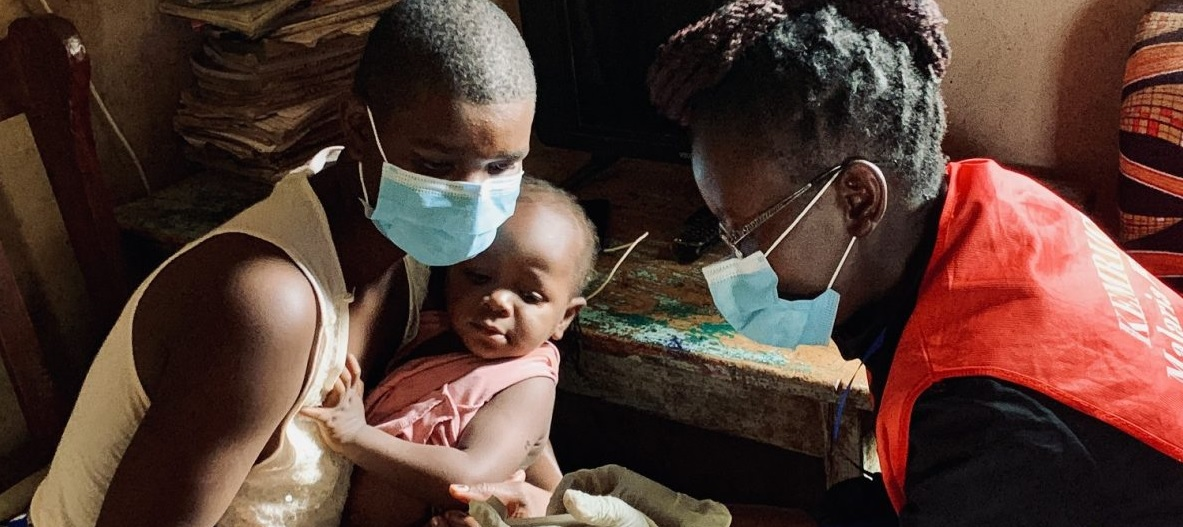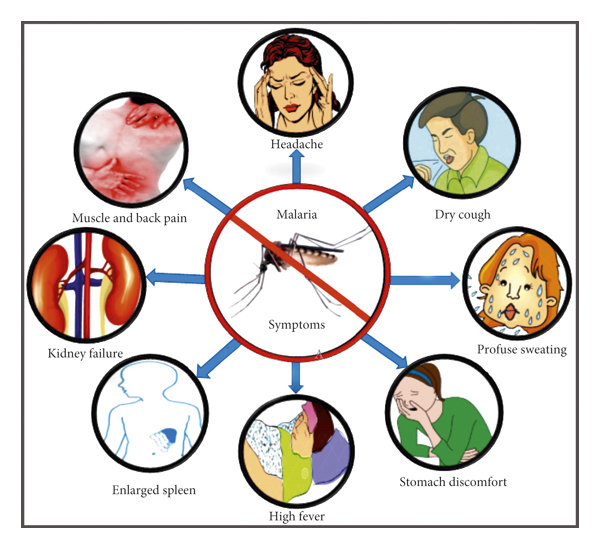The Menace of Malaria
Malaria is a mosquito-borne infectious disease caused by the Plasmodium parasite.
Five species of Plasmodium can infect humans, with Plasmodium falciparum posing the greatest threat due to its severity and high mortality rate.
Malaria is transmitted through the bite of infected female Anopheles mosquitoes, primarily during nighttime hours.
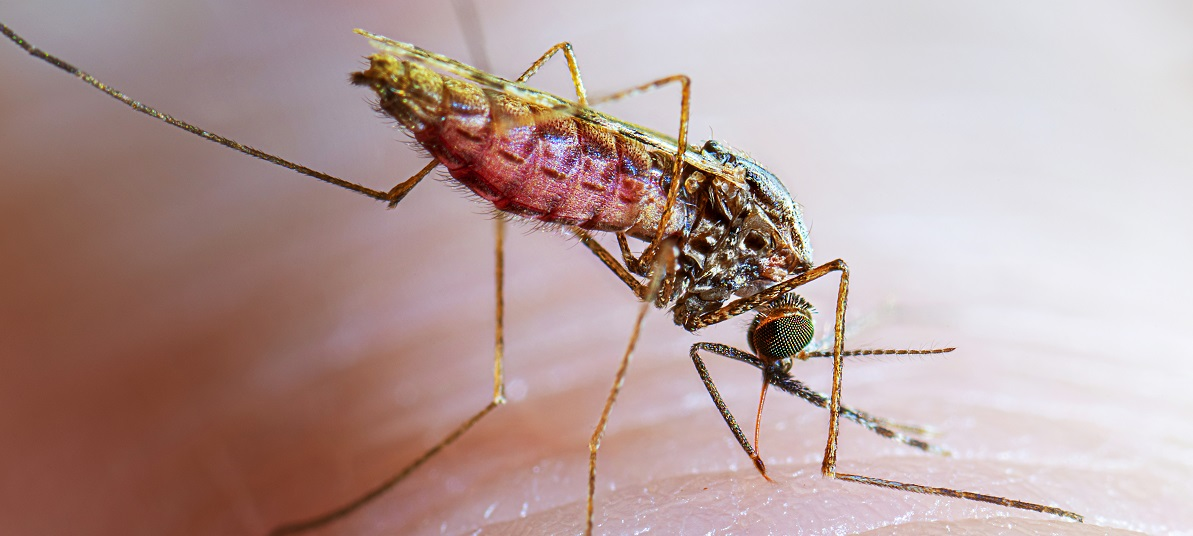
The Cycle of Infection
The life cycle of the malaria parasite involves multiple stages, including:
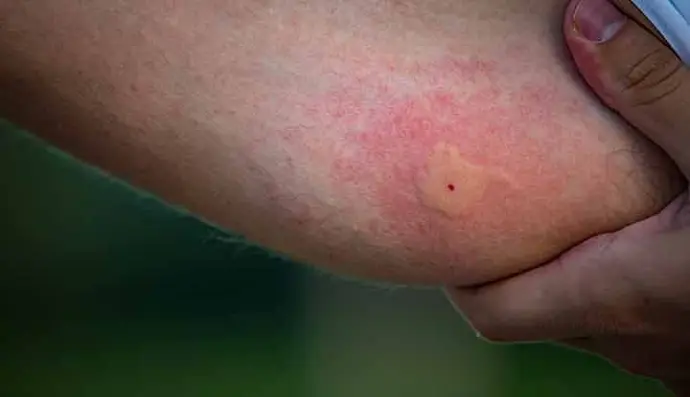
Mosquito Bite
An infected mosquito injects sporozoites into the bloodstream during a blood meal.
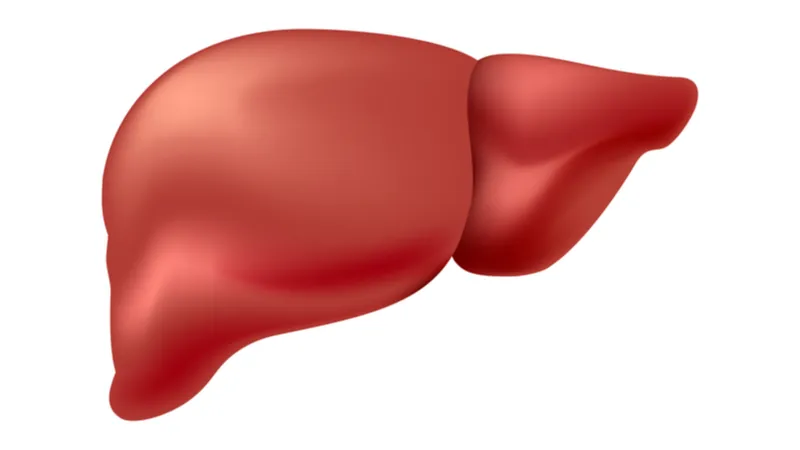
Liver Stage
Sporozoites travel to the liver, where they multiply and mature into merozoites.

Blood Stage
Merozoites are released into the bloodstream, invading red blood cells and causing symptoms of malaria.
Transmission
When a mosquito bites an infected individual, it ingests gametocytes, which develop into sporozoites, restarting the cycle.
Use Mosquito Repellent
Take Antimalarial Medications
Sleep Under Mosquito Nets
Eliminate Mosquito Breeding Sites
Stay informed, stay protected, and together, let's work towards a world free from malaria.
